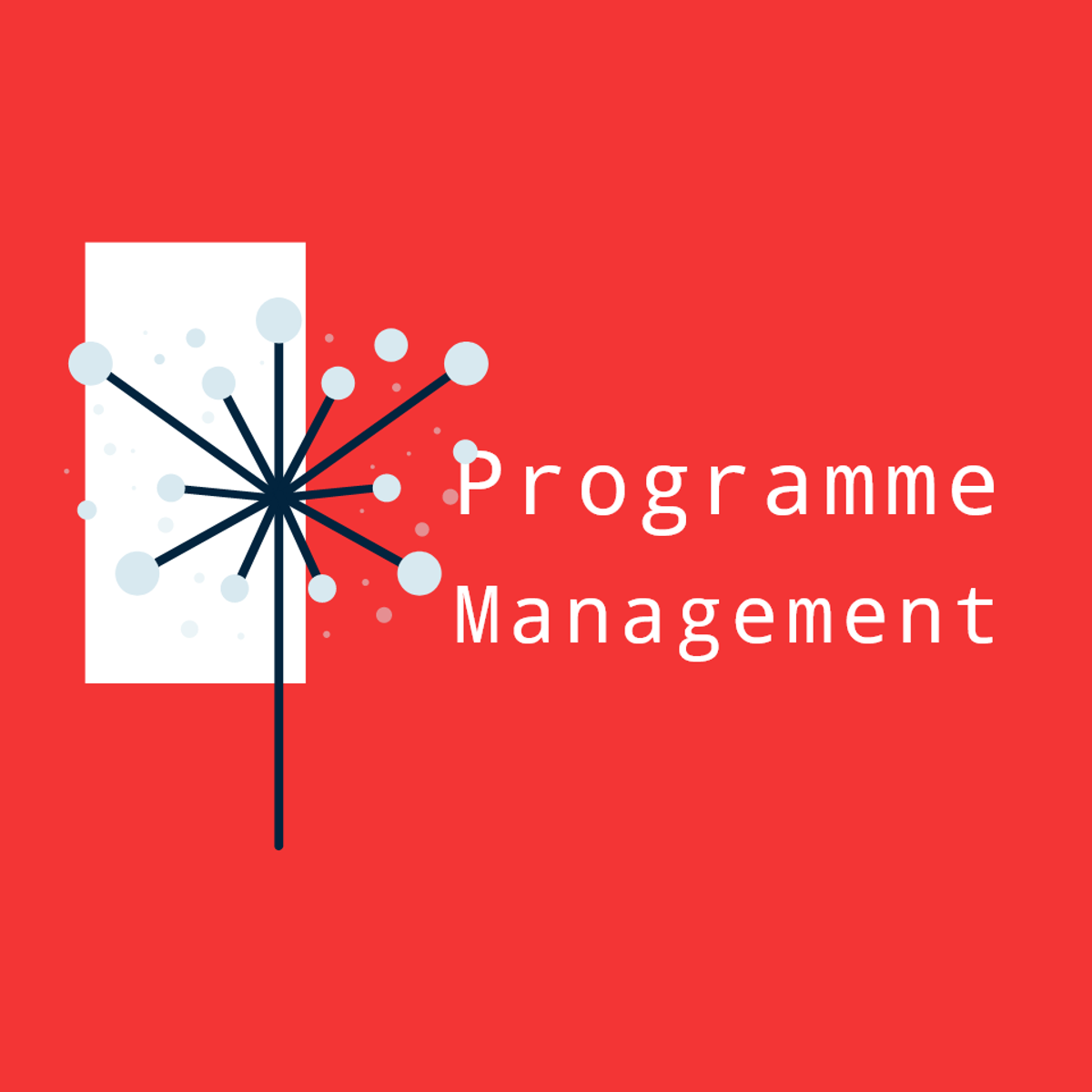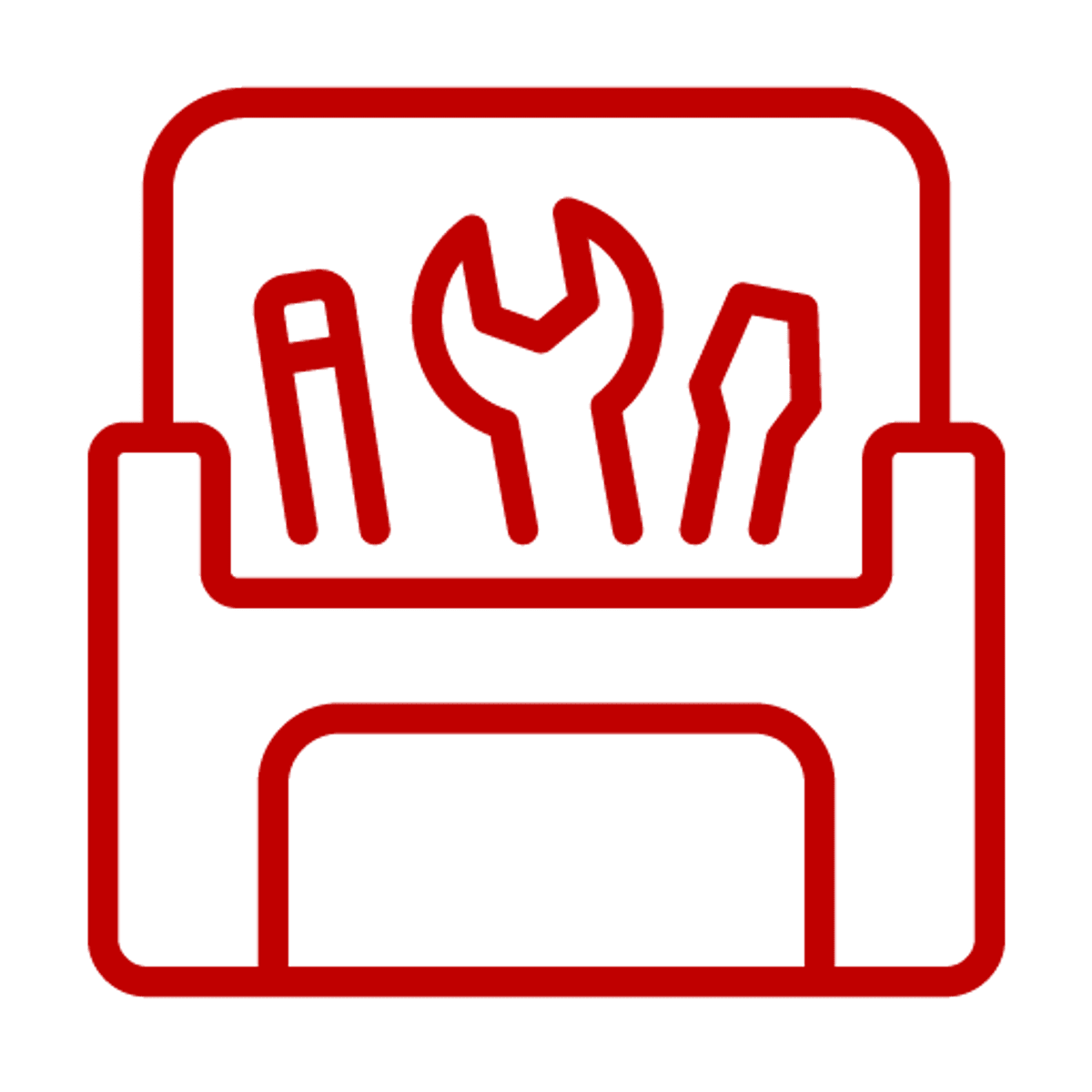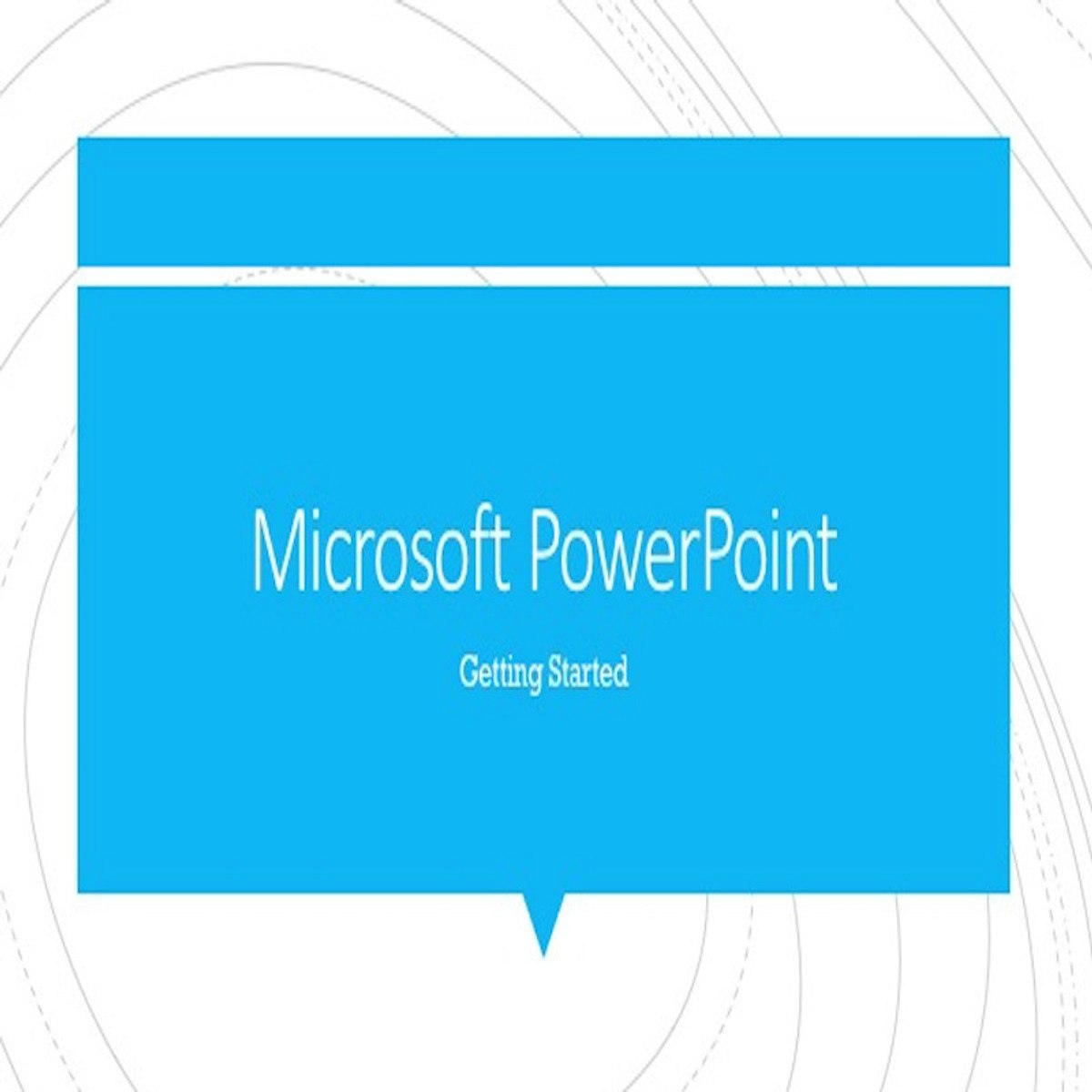Back to Courses









Leadership And Management Courses - Page 17
Showing results 161-170 of 600

Build personal resilience
Globalisation and advances in information and communication technology have resulted in a 24/7 work environment characterised by rapid change, a greater sense of competition, and an explosion in access to communication and information. These pressures compound stress related to workload and information processing – this not only reduces performance but can lead to a reduced sense of meaning and purpose as well as physical and mental health issues. Understanding stress and how to boost your resilience to it are essential skills for contemporary leaders and play a vital role in managing the demands you face at work. This course will focus on the nature of stressors facing leaders in today’s work environments and how to deal with them. You’ll explore personal resilience – your capacity to withstand and cope with stress – and strategies for self-management, motivation and organisation. You’ll also learn how resilience is impacted by health and social relationships.

Accounting: Principles of Financial Accounting
Financial Accounting is often called the language of business; it is the language that managers use to communicate the firm's financial and economic information to external parties such as shareholders and creditors. Nobody working in business can afford financial illiteracy. Whether you run your own business, work as a manager or are just starting your career, you want to understand financial information and be able to interact with accountants, controllers, and financial managers. You want to talk business!
This course will provide you with the accounting language's essentials. Upon completion, you should be able to read and interpret financial statements for business diagnosis and decision-making. More importantly, you will possess the conceptual base to keep learning more sophisticated accounting and finance on your own. Do not forget that, as with any other language, becoming proficient with accounting requires constant practice.

Program Management Benefits Planning in ClickUp
By the end of this guided project, you will be fluent in creating Program Benefits artefacts for the Planning Phases for diverse programs. You will utilise a logical diagramming plan in an agile environment to develop the solution. This will enable you to identify and classify the required components for benefits identification and planning. Furthermore, it will help develop a structural model for learning about the field of Program Management.
If you are interested in building up the knowledge leading to this guided project, the following is the link to:
[ Developing Programme Management Blueprint with ClickUp]
https://www.coursera.org/projects/program-blueprint
This Guided Project is essential for individuals wanting to learn about the field, or looking to transition into working in Program Management. This guided project is designed to engage and harness your visionary and exploratory abilities. You will use proven models in an agile environment with ClickUp to engage in a hands-on learning experience.

Consulting Tools and Tips
This is the #4 course in the specialization on management consulting.
Management consultants are quick learners. When you first join a generalist consulting firm, you are expected to learn core consulting skills and will likely be staffed on projects across industry and functions. You might be on a chemicals pricing project, then a retail cost-reduction project. It’s critical that you learn “how to get smart quickly” and ask smart questions. At the same time, you should develop an armory of tools to create data through client interviews, surveys, benchmarking, and observations.

Getting Started with Microsoft PowerPoint
By the end of this project, you will learn the functions and features of the free online version of Microsoft PowerPoint. You will learn the basics of what it takes to operate Microsoft PowerPoint. You’ll explore the interface and go over the slide editing tools that include: designing slides, formatting text, and inserting content. This project will prepare you to create your first slideshow presentation of many.

Solving Complex Problems Capstone
From the very start of the specialization, your assignments will be geared toward tackling a complex issue of your choice that you face in your career path, industry, or field. Each phase of the course builds up to a briefing paper that analyzes, evaluates, and attempts to solve a highly complex problem. Not only does this course teach you a skill set, but it puts you further down the road in understanding the problems of your chosen field. It advances your knowledge of your own field by teaching you to look at it in new ways. This is the CAPSTONE where the scaffolding of our problem solving and innovation skills will bear fruit in a series of preparatory assignments to make your briefing paper as effective as possible.

Design and innovation of business model
The core of Business Model Design lies in skills and leadership of the entrepreneurial manager. It requires a disciplined approach to seeking opportunities, as well as gathering and aligning resources to achieve important goals.
In this course, students will strengthen two important skills: intuition and visual thinking, while applying quantitative methods learned in other courses, such as Finance, Economics and Financial Intelligence.
The focus of this course is on four pillars:
1. Observation as a key element to discover business patterns.
2. The organization of complexity, the art of synthesis using visual thinking, mapping and system design.
3. The concept of white space as "potential activities not defined or mentioned in the current business model".
4. Storytelling and establishing contact.
Observation is a key aspect of discovering business patterns. Students will learn, through different cases and methodologies - some already seen - how to identify key elements of a business model. This includes the nature of an integrated business company in which we define the Business Model.
What would be different if managers thought like designers? Although many business people appreciate the power of design, a formal process for practicing it has been elusive - until now. In this course, the goal is to find a way to organize complexity, the art of synthesis using visual thinking, mapping, and system design, to connect elements as diverse as ideas, resources, transactions, values, and networks.
According to Mark Johnson, the blank space refers to "potential activities not defined or mentioned in the company's current business model; that is, the opportunities that exist outside its core and beyond its adjacencies; that require a different business model to be able to take advantage of them."
An important component of Business Model Design and Innovation is Storytelling and establishing contact. Using technology to connect with the audience is key. As part of the deliverables to be rated, entrepreneurial leaders should know about social media and technology-driven content, concentrating both on modeling how to use these technologies to connect and communicate with others, and how to achieve passion through networks.

Project Planning: Putting It All Together
This is the third course in the Google Project Management Certificate program. This course will explore how to map out a project in the second phase of the project life cycle: the project planning phase. You will examine the key components of a project plan, how to make accurate time estimates, and how to set milestones. Next, you will learn how to build and manage a budget and how the procurement processes work. Then, you will discover tools that can help you identify and manage different types of risk and how to use a risk management plan to communicate and resolve risks. Finally, you will explore how to draft and manage a communication plan and how to organize project documentation. Current Google project managers will continue to instruct and provide you with hands-on approaches for accomplishing these tasks while showing you the best project management tools and resources for the job at hand.
Learners who complete this program should be equipped to apply for introductory-level jobs as project managers. No previous experience is necessary.
By the end of this course, you will be able to:
- Describe the components of the project planning phase and their significance.
- Explain why milestones are important and how to set them.
- Make accurate time estimates and describe techniques for acquiring them from team members.
- Identify tools and best practices to build a project plan and risk management plan.
- Describe how to estimate, track, and maintain a budget.
- Explain the procurement process and identify key procurement documentation.
- Draft a communication plan and explain how to manage it.
- Explain why milestones are important and how to set them.
- Explain why a project plan is necessary and what components it contains.
- Make accurate time estimates and describe techniques for acquiring them from team members.

Business Model Canvas
In this project, we will teach you how to create a Business model canvas which will help you refine the strategy for your startup or idea. It will help you understand how your idea adds value and delivers it.
This project will help you think clearly about the various aspects of your startup or idea and delineate the various aspects of running a business . It will help you think about who your target customers are, where you will make money from , what is your cost structure, who are your key partners and what resources you nee dto run your startup.
This is useful for people who have an idea or a startup .
Note: This course works best for learners who are based in the North America region. We’re currently working on providing the same experience in other regions.

Major and Principal Gifts
This course will provide a comprehensive view of major and principal gift development work for students who seek to build upon their experiences gained in the introductory session. Participants will gain an understanding of the philosophy and strategies implemented in major gift development including prospect identification, how to initially engage a potential major gift donor, the process of cultivation and moves management, effective proposal writing, making a successful ask and on-going donor stewardship. Students will practice fundamental major gift development skills by developing their own prospect strategy, producing essential documents to support the process, and engaging in role playing activity to simulate interaction with prospects and donors.
Popular Internships and Jobs by Categories
Find Jobs & Internships
Browse
© 2024 BoostGrad | All rights reserved